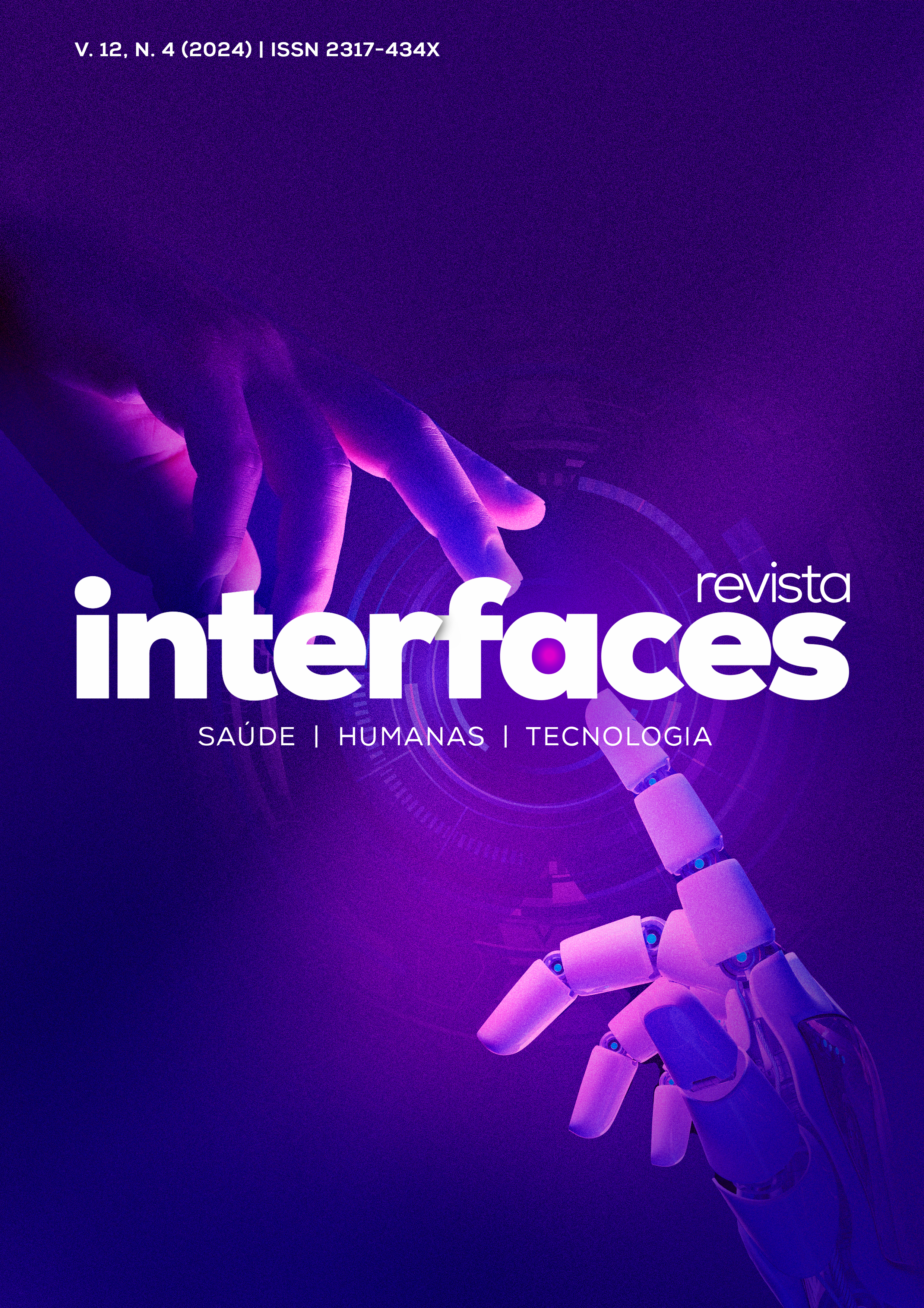ENTRAVES E BARREIRAS PARA O EXERCÍCIO DA INTERPROFISSIONALIDADE NA ATENÇÃO PRIMÁRIA À SAÚDE
DOI:
https://doi.org/10.16891/2317-434X.v12.e4.a2024.pp4653-4660Keywords:
Primary health care, Patient-centered care, Interprofessional EducationAbstract
Interprofessionality concerns joint work based on sharing objectives and knowledge in favor of comprehensive, user-centered care. Despite this, the production of care based on this perspective is crossed by barriers and obstacles that make it difficult to implement this practice. This article aimed to understand the barriers and obstacles to the exercise of interprofessional practice from the perspective of Primary Health Care (PHC) workers in a municipality in the interior of Bahia. This is a qualitative and exploratory study whose field of study was PHC equipment. The study participants were ESF and e-Multi workers who had worked for at least six months in the municipal health service. The sample was defined by saturation, totaling 18 interviewees for data production. A semi-structured interview was used to collect information and the interpretation of data was based on thematic content analysis through which a category called “Entraves and Barriers for interprofessionality” was constructed, in which the centers of meaning: “need for qualification”, “scarcity of resources” and “demands for service”. Such difficulties highlight the gap in professional training, the lack of inputs for the qualified provision of services and the deficit in the organization of the work process. Thus, despite being a tool that reduces fragmented and individual views within the team and contributes to the implementation of comprehensiveness and resoluteness of care, interprofessionality still presents itself as a field of discussions and obstacles.

